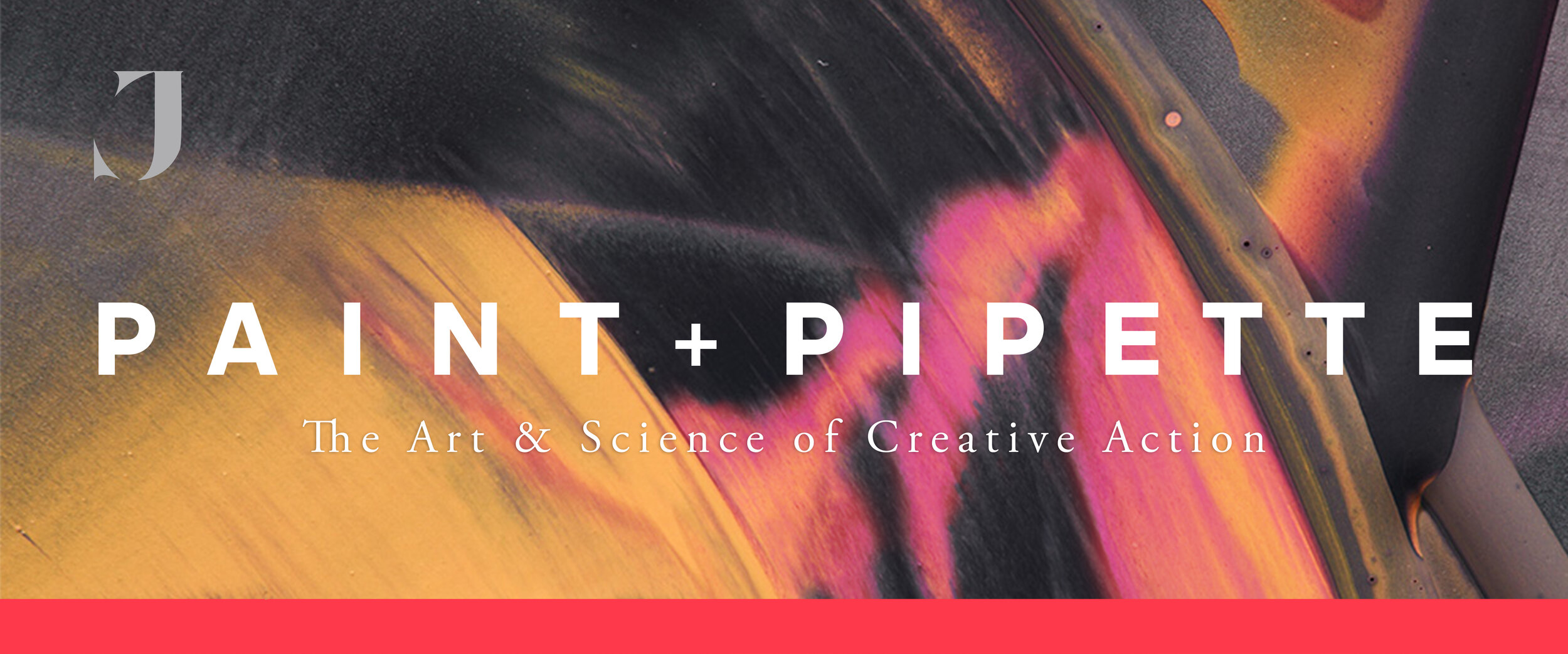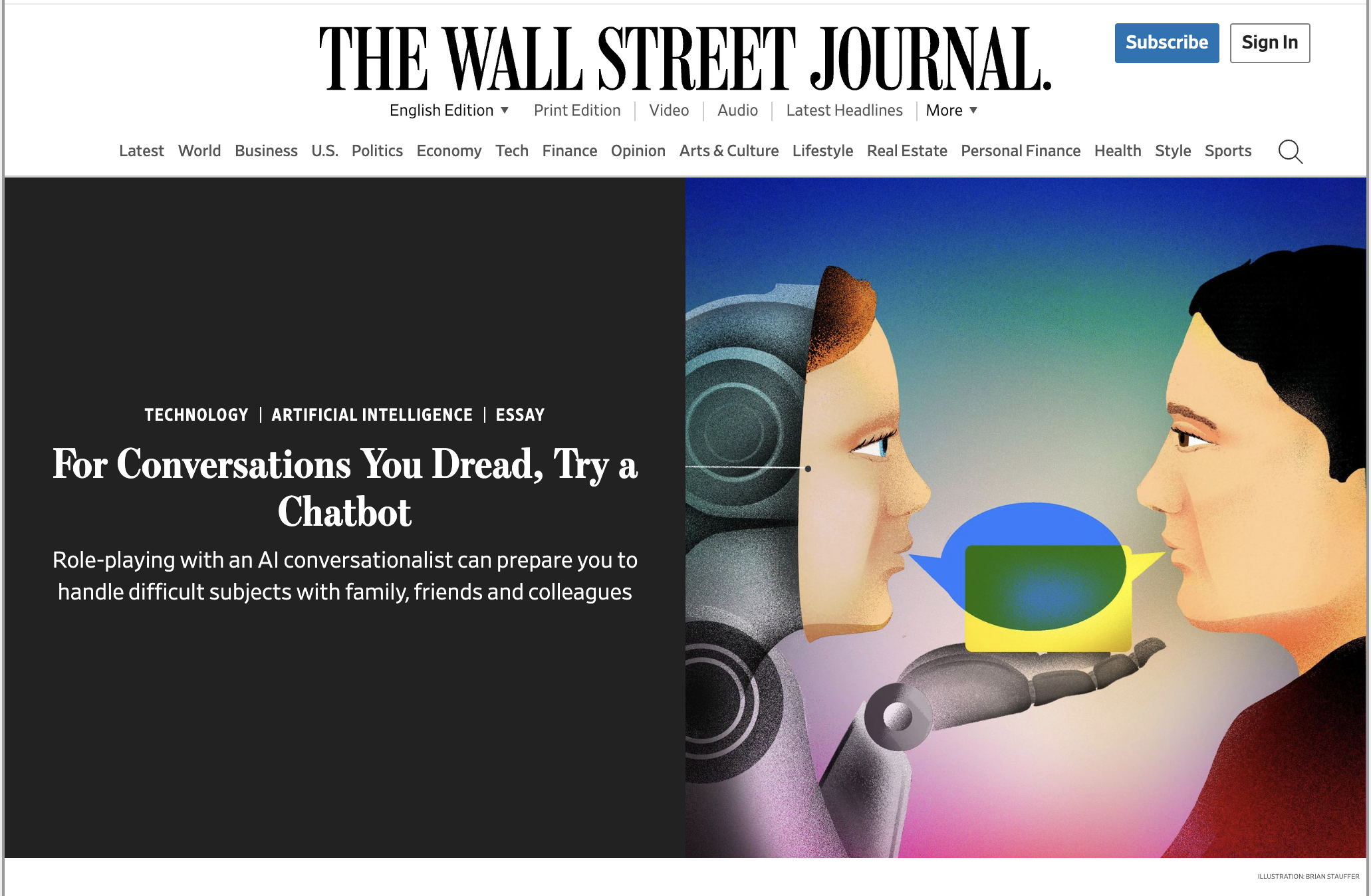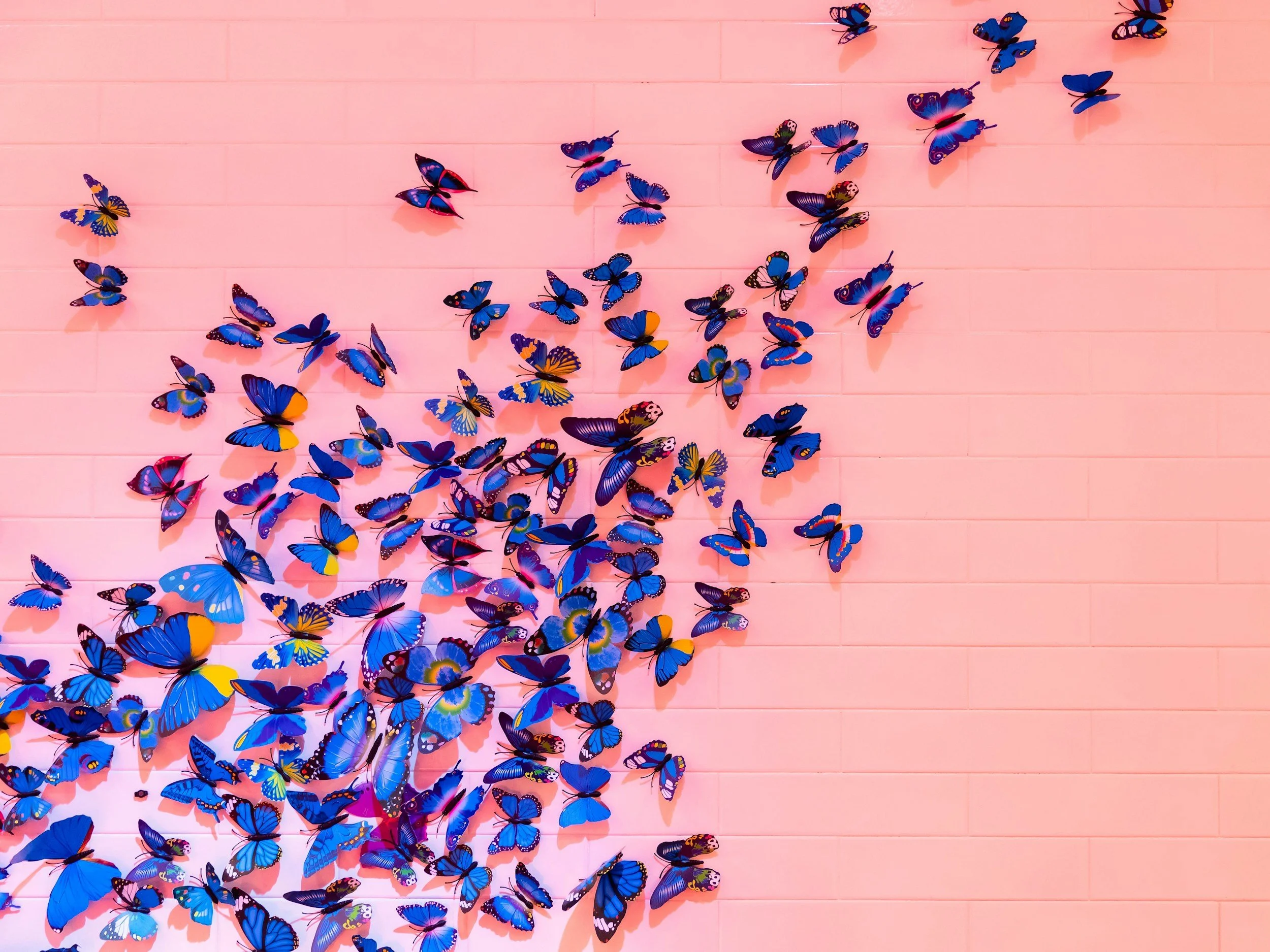
Join over 21,000 leaders and creators who receive my newsletter each week, and get a free bonus chapter from Ideaflow, "How to Think Like Bezos and Jobs."
Jeremy studies the history of invention, discovery, and innovation, and then shares his insights daily.
Sign up to get weekly digests of these daily posts, delivered every Tuesday morning.
Warning: many time-tested, empirically-proven tactics to fuel creative output may challenge your definitions of “productivity” and “efficiency.” Please try a few tasty samples below to make sure you’re ready for counter-intuitive research that will turbocharge your practice.
I’ve been working on a radical new course at Stanford, which I’m excited to share more details on soon. In the meantime, sharing an early iteration of my thinking on the topic, in the form of my WSJ piece co-authored with the brilliant Kian Gohar.
This post marks my 200th edition of Methods of the Masters—and serves as a fitting bridge between my early focus on human creativity and more recent AI work. In an age of infinite AI inputs, our biology demands we cultivate equally intentional human disconnection strategies.
Special guest post by Brendan Boyle, one of Stanford’s most beloved professors, acclaimed toy inventor, and founder of IDEO’s Toy Lab. He’s taught me more about play than anyone other than my own children.
In five years, no one will care how many people logged into ChatGPT. They'll care about who used it to transform their work. The organizations that understand the difference between more use and better use are quietly outperforming their competitors-while everyone else celebrates meaningless "adoption" metrics.
I thought I was running a standard innovation workshop with one of my favorite clients. Instead, I came to face to face with my own biases, and accidentally broke an entire organization's understanding of what's possible.
My new favorite diagnostic: if you cannot find ways to generate more than $200 of value from frontier AI over the course of an entire month, you're failing a basic creativity test.
This isn't about AI's limitations—it's about yours.
“Think:Act Magazine” was curious about how I incorporate AI into my own creative process as a writer, so they visited my home studio to observe my workflow. What followed was a fascinating exploration of how I use multiple LLMs as collaborative partners rather than just tools. Fun to be featured alongside heroes of innovation like Astro Teller, Amy Edmondson, and the legendary design duo Charles and Ray Eames!
A recent study by American Management Association revealed that 58% of professionals feel "behind" in their AI adoption journey. While most folks know me as "the Beyond the Prompt guy," here's what you might not know: I struggle with this stuff too.
Last week, I proposed a simple but fundamental shift: we need to stop thinking about AI as a technology rollout and start treating it like a new teammate. What I didn't fully explain is that this isn't just a semantic distinction. It produces measurably better results.










Everyone’s panicking about “AI glazing.” But what if it’s a feature, not a bug? The creative industry's most successful practitioners understand something the rest of us are missing.